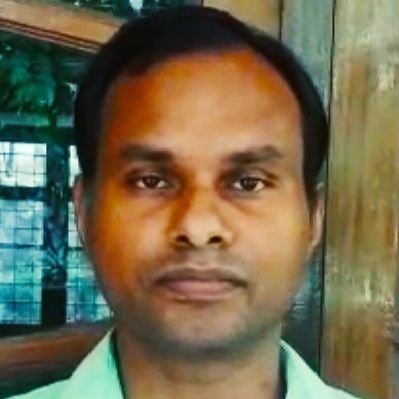Opinion Body of work
The recent local body elections in Kerala witnessed the stormy return of the Congress-led United Democratic Front.
The recent local body elections in Kerala witnessed the stormy return of the Congress-led United Democratic Front (UDF) to the majority of the states three-tier panchayati raj institutions. But it was far from a referendum on the grassroots development initiated by the outgoing bodies and the ruling Left government.Instead,for the Congress,the theme of CPM arrogance dominated the television debates (in Kerala,politicians tend to flit from TV studio to studio). The CPM,meanwhile,highlighted the role of religion in politics,with special reference to Catholic bishops interfering in their flocks right to vote for the candidates of their choice. The Left seized upon that plank after Catholic-backed Kerala Congress groups merged with the UDF camp.Despite Keralas tendency to oscillate between the Left Democratic Front (LDF) and the UDF every election,whether local,assembly,or parliamentary,the anti-incumbency factor was the smallest of the challenges that the Left government faced.Although the Left government did not bring in massive job-generating investments to the state,it had done a lot to improve the social security system for the poor and marginalised. The government had brought 35 lakh families,which form half of the states households,into a scheme that delivered rice for Rs 2 per kg. Several pension schemes and other welfare measures had been provided for the needy. The government had also improved infrastructure in education and healthcare,apart from implementing housing schemes for the homeless poor. The record prices of rubber and several other cash crops reduced the grumbling from the agricultural sector. There had been no corruption charges against LDF ministers. However,these achievements failed to impact the electioneering,which remained,by and large,confined to artificial media debates. Whats more,development works executed by the local bodies also failed to work with voters. Several panchayats that had performed within the parameters failed to get an encore from the public. A Left-ruled village panchayat in Wayanad that had been selected as one of the best in implementing the MNREGA was unseated. Another Left-run local body in the outskirts of Kochi,which had successfully taken up waste management,failed to pass the peoples verdict. The CPM lost the Ottappalam municipality,which had been credited with 100 per cent project allotment for three consecutive years. The reason party rebels who contested to spoil the chances of the mother party,and vindictive politics. A major factor that appears to have pushed the development question to the back-burner of electoral discussions is the fact that the Kerala middle classs dependence on government for survival is thinning. The state lives largely on remittances,rubber and a parallel economy,which are thriving as never before. The states backwardness with respect to investment from outside has little effect on lifestyle in its interiors. People have structured their childrens schooling in a way that allows them to emigrate and make more money. Although several mega projects had been abandoned by the Left government,there is no sense of loss or resentment from any quarter. The next government is also unlikely to revive these projects,given that the same hurdles will face them as well. In such a situation,there is little utility in discussing development as an election issue in Kerala.The CPM had blamed the consolidation of the minority communities of Christians and Muslims as the major factor that swayed the pendulum in favour of the Congress. The pattern of Congress success from minority-dominated districts substantiates this argument. A major winning factor in the recent elections has been the tangible rallying of minorities behind either the Congress or the CPM. In the Lok Sabha election in 2004 and the assembly elections in 2006,the CPM romped home with the acknowledged support of the Muslims and the Christians. After the last Lok Sabha election,it has been the Congresss turn to reap that minority dividend.
Again,for these influential minorities,grassroots-level development is not a major concern. Their geographical areas in Kerala are known to thrive on either rubber or remittances,perhaps both in central Kerala. That scenario made sure that parties could concentrate on the political task of pocketing crucial minority votes from central Kerala and Malappuram in north Kerala,without any fruitful discussion on development.
shajuphilip@expressindia.com





